The swift rise in demand for electric cars has never been more apparent.
Over 600,000 plug-in vehicles are now on UK roads and showrooms are crammed full of mild-hybrid, plug-in and fully electric models. Drivers are almost spoilt for choice but the available selection of models is set to expand considerably. The Society of Motor Manufacturers and Traders (SMMT) forecasts that around 300 plug-in models will be on sale in the UK by 2025.
One of the significant draws of a pure-electric vehicle is its supposedly greater reliability. EVs have fewer moving parts than cars with conventional, internal-combustion engines, so the chances of mechanical failure are reduced.
The What Car? Reliability Survey from July 2021 found that just 5% of Tesla Model 3s suffered a fault within a 12-month period, for instance. But when drivers run out of charge, or the brakes, tyres, electric motors or suspension systems go wrong, someone needs to be there to fix them.
The influx of EVs has meant that, just like consumers, vital services have had to adapt. These include breakdown companies, where equipment, mobile patrols and working practices have had to be adjusted to reflect the pace of EV adoption. To put that rate of uptake into context, 73,893 electric cars were registered in the UK in the first half of 2021.
Changes became evident at the RAC in 2019, when the firm launched an EV flat battery recovery scheme, providing mobile support using 3.5kW electric chargers to help those stranded with no power. Recovery vehicles carry sizable generators to supply power to the broken-down car, drawing their energy from the vehicle’s 1.9-litre diesel engine.
The RAC says its chargers are capable of supporting 99% of all electric models on UK roads today and it is continuing to expand the availability and speed of its EV Boost system within its patrol fleet.



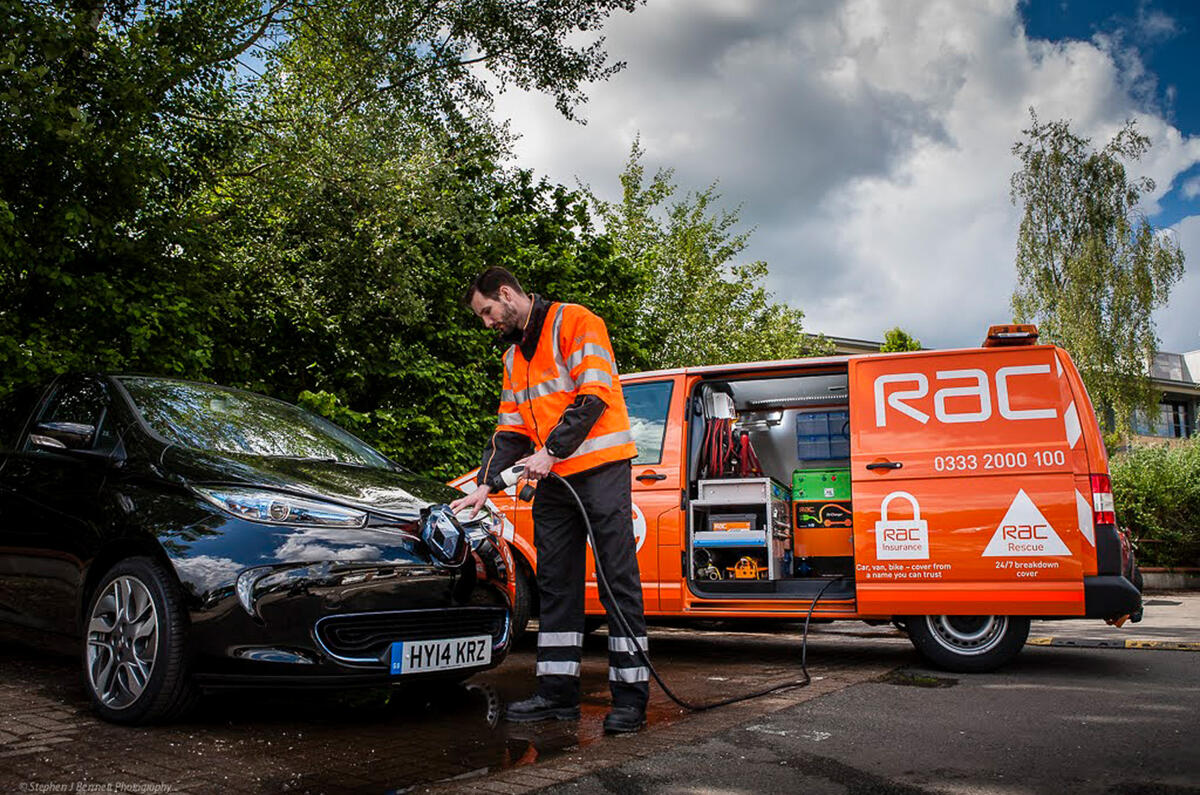
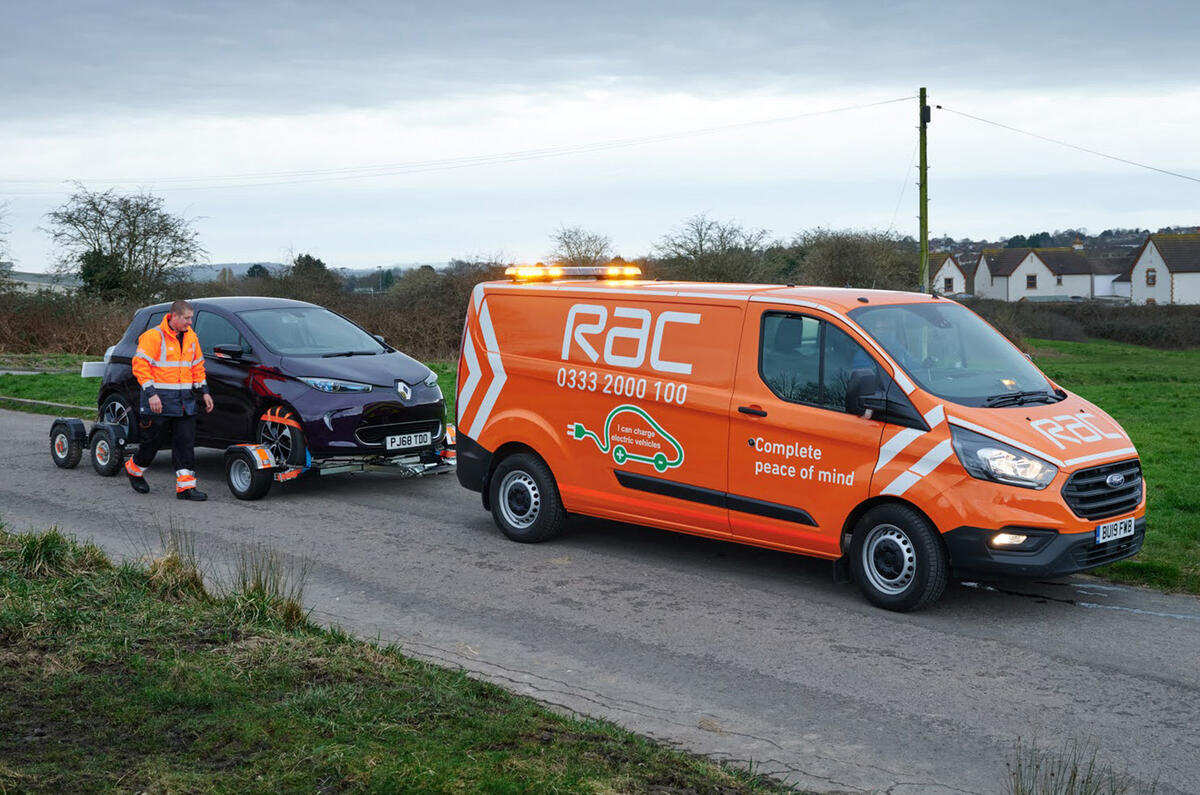

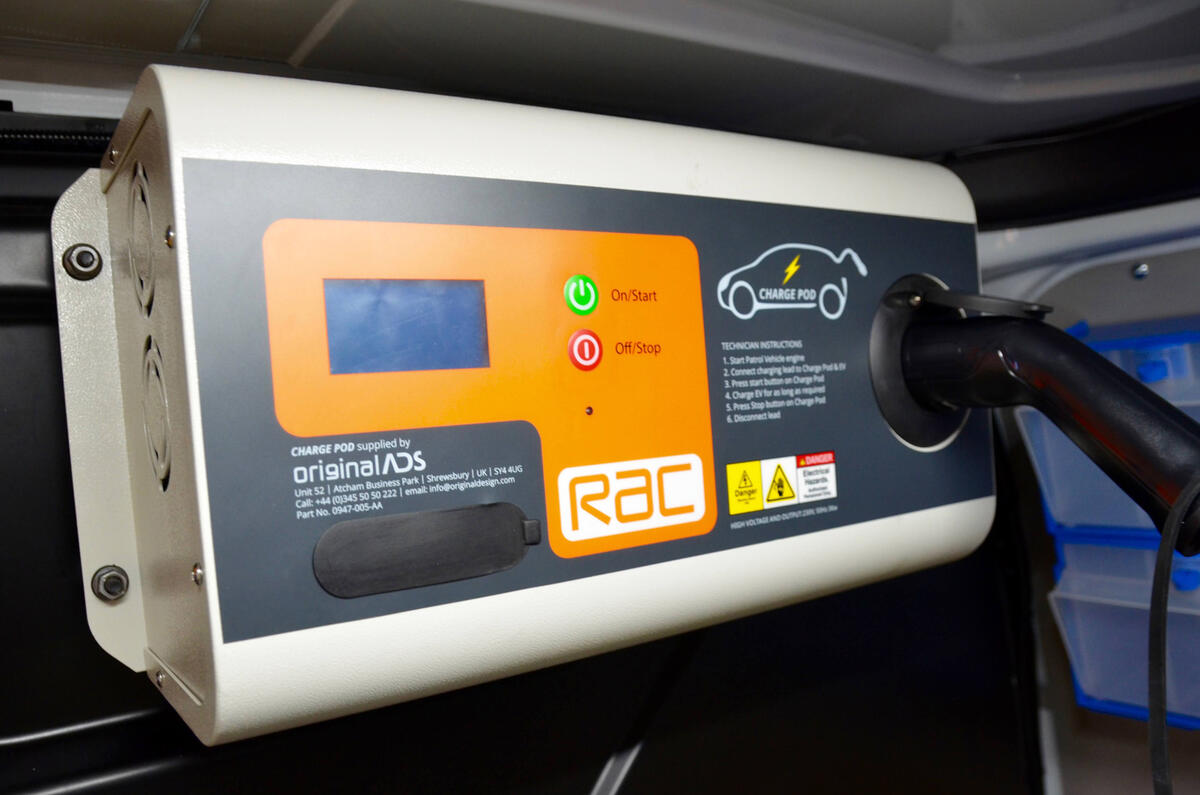
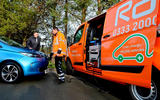
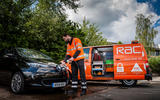
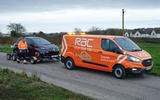
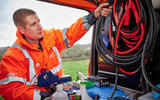
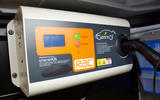





Join the debate
Add your comment
Not happy that EV's aren't designed for ease of towing - that's a bit of a dealbreaker, especially given the problems with smart motorways. Also disappointing that many drivers cannot apparently cope with flat tyres themselves.
@Chris. I've taught my daughter how to swap a wheel with a flat tyre, but also told her never try to do this on a motorway hardshoulder or somehere dangerous. In that case, get yourself somehwere safe and just call the AA!!